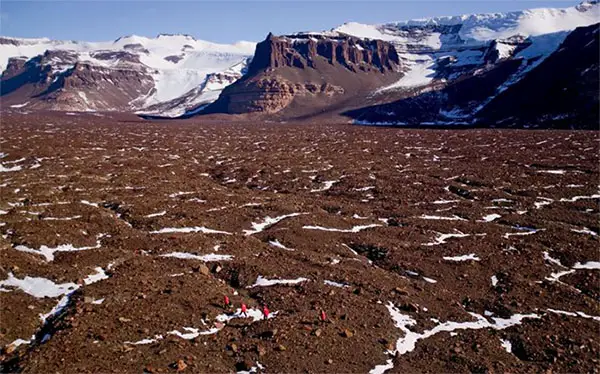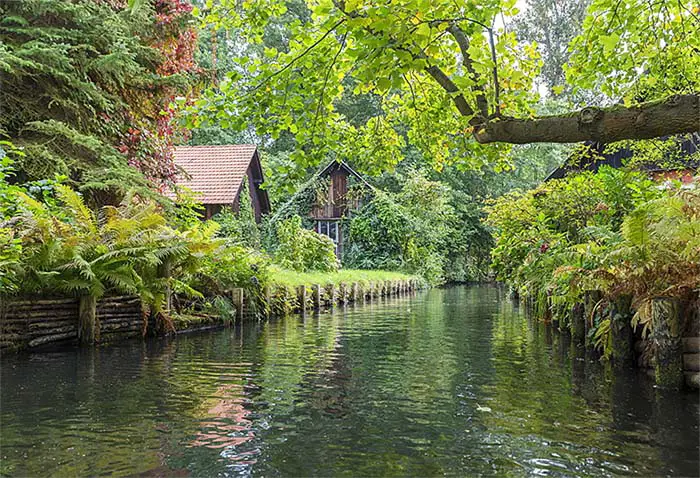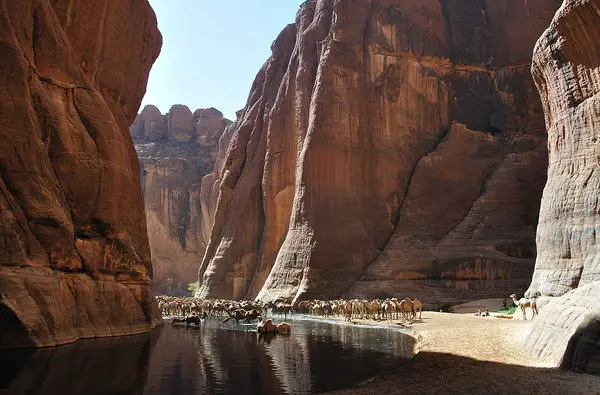Dormant microorganisms in glaciers
Just like the way winter period and the summer period cannot be avoided, glaciers are also unavoidable. This is because the accumulation of snows over a long period is bound to happen. Icebergs are formed when accumulated snows have exceeded the limits at which they should melt and sublime. This is the simplest definition of glaciers that you would ever find.
Scientists define it as a highly dense, persistent ice that originates from the accumulation of Ice, snows, and other crystalline sediments. These rivers of Ice are typically found in Antarctica, Greenland, and different continents mountain ranges. Glaciers vary in all the continents regarding their sizes, shapes, and behaviors. However, it is bearing the biggest freshwater reservoir on the planet Earth.
Glaciers are majorly formed on remote mountain areas while very few of them are formed near towns. A lot of activities take place in glaciers. This includes hiking, fly fishing, etc. But you should know that as humans are busy with these activities, Microorganisms are also buried deep down in glaciers.
Does this sound unbelievable? It is a fact that there are dormant microbes in glaciers. Even in the driest place on Earth inhabit the microorganisms. One common characteristic of bacteria is that they are capable of displaying dormancy. This is to say that they can suspend their metabolic activities for a very long period. It is sometimes referred to as deep sleep, and it is a behavioral activity common to individual plants and animals.
Microorganisms in glaciers
Microbes are undoubtedly present in snows and Ice, and they would be there as long as they can. Quite many factors contributed to their presence in snows. Factors such as animal and man activities, wind, storms, and dust contribute their quota, even up to the point that those snows and crystalline sediments begin to form glaciers.
At times, these Microorganisms are buried alongside with other particulates. Microbes can immerse themselves in glaciers for years and yet come back to life after the glaciers sublime. Although not all microbes are capable of doing this, hence the name dormant microbes given to those that can.

In a case study by NASA scientist in the year 2005, Carnobacterium Pleistocene buried in an ice pond for 32000 years were found swimming after the Ice melted. Other practical examples of dormant Microorganisms in glaciers are the algae, the prokaryotic photoautotrophs, and viruses.
The revolution taking place in the climate is responsible for the rapid retreatment of glaciers across the globe. This revolution had revealed large numbers of dormant Microorganisms in the glaciers. We can call this revolution a good one because some of these microbes are beneficial to our ecosystem. Their revelation can also be termed as a negative one based on the negative consequences microbes pose to a human health. Glaciers do not only harbor dormant Microorganisms; they serve some other functions. It is also another natural way of balancing the ecosystem. Glaciers are also good sources for generating electricity.
Microorganisms affect in our lives
Everyone should come together and put a stop to global warming. A lot of Microorganisms that have been laying deep down in glaciers are beginning to resurface as those glaciers melt. The lack of oxygen and light in those glaciers made these microbes to undergo dormancy. With the Earth becoming exposed to warm temperatures as the climate changes, glaciers are subliming. Thus revealing those hidden Microorganisms to oxygen and light, they require for their metabolism. This is more reason we need to protect our climate. It is not even healthy drinking water from melted glaciers.
The study of Microorganisms in glaciers led to the discovery of the glaciers ecosystem like the cryoconite holes. These holes are spots in glaciers that harbor microbes. It is found to be rich in organic matter, and it is stable for many years. You can call it the surviving spots of microbes trapped in glaciers. However, there are several other spots in glaciers. They are Supraglacial habitats, Subglacial habitats, Thawing permafrost, etc.






